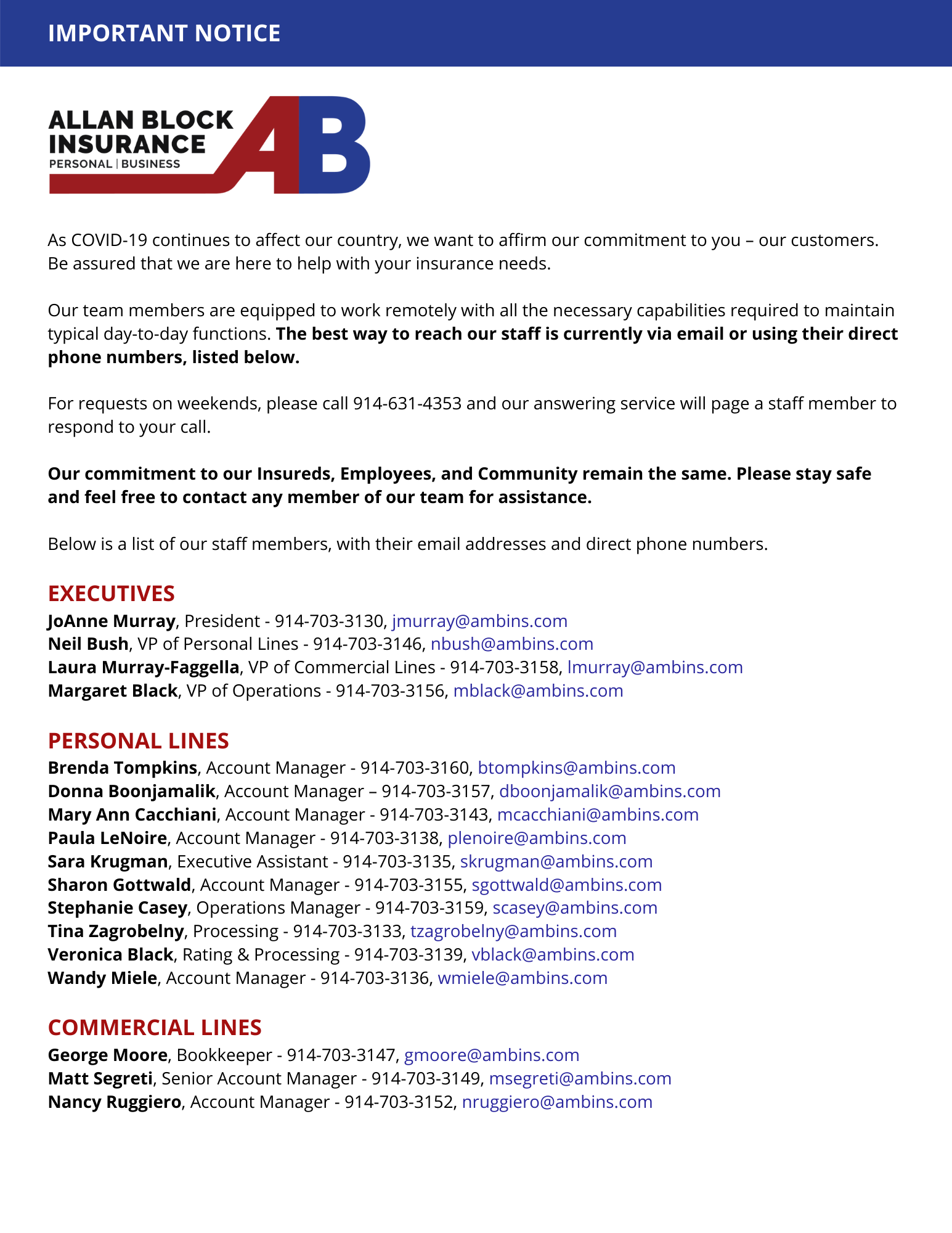Automobiles are one of the most significant exposures to loss a company can face. To ensure that you effectively manage your company’s vehicle liability and risk exposure, you need to have an effective risk management strategy.
Without one, the consequences to your company’s bottom line can be severe. With one, you can reduce your total cost of risk and protect your finances. Remember, if someone is driving a vehicle while on the job, you are ultimately responsible for any collisions they may cause.
Regularly run Department of Motor Vehicle reports to check the driving records of employees. You will need authorization signed by the employee confirming that you have permission to check their driving record. Consider the following when devising your risk management strategy:
Company-owned autos
Your risk management strategy should include a well-written vehicle fleet safety program that addresses at least the following areas:
Policy statement – This is an overview of the company’s philosophy on managing its auto exposure. It should focus on the employee’s responsibilities for being a safe and responsible driver. Require that all employees who drive a company car sign a “safe driving contract.”
Vehicle use – Spell out when and how the vehicle can be used. Is it available exclusively for business use, or will the employee be allowed to use it personally as well? Will other people be authorized or prohibited from using the car? What about family members?
Eligibility and the safe driving contract – All drivers should meet certain requirements. For example, is there a minimum age the driver should be and are defensive driving classes necessary?
Draw up a safe driving contract that all employees who drive as part of the job must sign. The contract should:
- Spell out what constitutes an acceptable driving record
- Make clear that driving privileges will be withdrawn if an employee fails to meet your requirements.
- State that they are responsible for operating the vehicle safely and complying with all traffic laws.
- Require that they report all traffic violations and accidents.
- Require that they maintain the vehicle according to the manufacturer’s maintenance schedule.
Defensive driving – Regular training on the basics of safe driving has proven to substantially reduce the frequency of vehicle accidents. The type of vehicles your company uses will dictate just how detailed your defensive driving training program should be.
Post-accident instructions – Train your staff on what to do after an accident. Also, every vehicle should have a claims kit that provides step-by-step instructions on what to do in the event of an accident. You should also appoint someone in your company as a claims officer — the first person to call in the event of an accident.
Personal vehicles
You still have exposure to loss if employees, volunteers or other people use their own cars on company business. Despite the fact that “insurance follows the vehicle,” if there is an accident and the damages exceed the available insurance of the vehicle operator, the employer is next in line.
This risk can be transferred to your insurer for a relatively modest cost using a non-owned auto coverage rider. This coverage protects the insured (employer) for its vicarious liability arising out of the use of another’s auto (usually an employee) on company business. It does not cover the vehicle operator unless the policy is specifically endorsed to do this. It also does not provide coverage for damage to the employee’s car.
Require individuals who use their own cars for work to carry a certain minimum amount of liability insurance. The actual amount is up to you, but we suggest nothing less than bodily injury of $250,000 each person, $500,000 each accident and property damage of $100,000.
Identifying exposure
After implementing your risk control strategies, you will be in a good position to identify your risk exposure. That in turn will help you determine how much risk you want to retain (the size of your deductible) and how much you want to transfer to the insurance company. By understanding your risk and being able to convey to the insurance company the steps your company has taken to manage those exposures, you are in a good position to negotiate favorable insurance coverage terms and rates.



